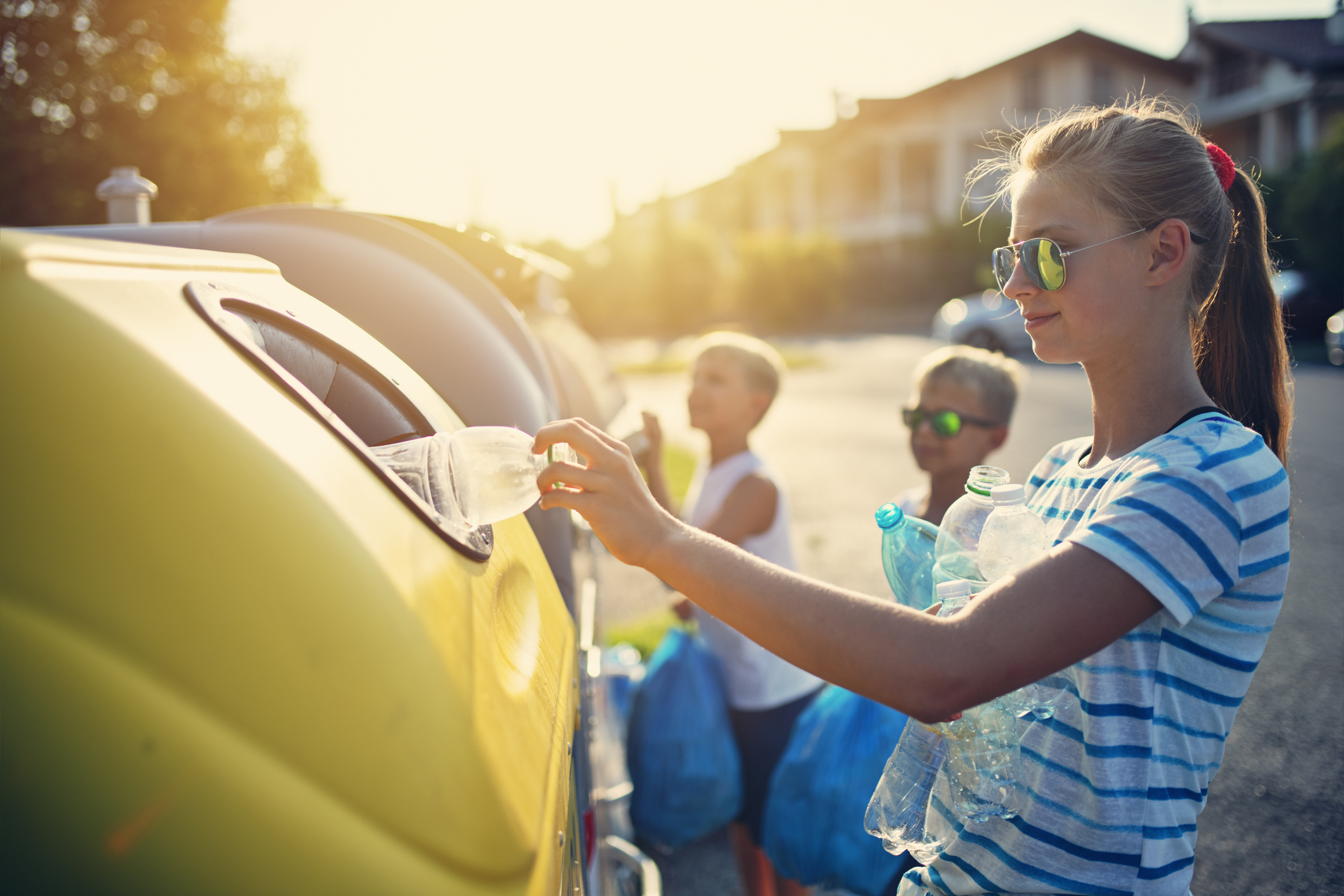
This article appeared in the January 2024 issue of Resource Recycling. Subscribe today for access to all print content.
At Shelton Group, we’ve been surveying people in America for 17 years to unpack their beliefs and expectations on a range of people and planet topics. After years of surveying, two truths have emerged:
One, people want to buy “good” products from “good” companies. When we ask people to tell us what a good company does, great products and great service come out on top; answers related to environmental, social and governance (ESG) factors come in third place. When we ask what makes a “bad” company “bad,” ESG-related answers come out on top. Which means having your house in order with regard to the people and the planet helps you quite a bit; not having it in order hurts you a lot.
Two, eco-friendly = recyclable. For 40 years, we’ve told the public that if they want to be green, they should recycle. And they bought it. In the 12 countries we most recently surveyed, 96% of people said recycling helps the environment, 89% said recycling is the bare minimum we can do for the environment and 83% said recycling makes them feel better about the amount of stuff they purchase or consume. This matters because today nearly half of the people in this country want to be seen as someone who buys eco-friendly products—which essentially means products with packages that are recyclable.
The bogeyman hiding under the bed, of course, is that confidence in recycling is waning. Some 31% of people around the world are not confident that what they put in the recycling bin is actually getting recycled, and in the United States, that number sits at 32%. That might not seem like such a big deal—except that in 2020 only 23% were unconfident in recycling, and in 2019, only 14% were unconfident. So in just four years’ time, Americans’ lack of confidence in the recycling system has doubled.
Plastics have a lot to do with this. An impressive 76% of people in America rate themselves an 8, 9 or 10—meaning “extremely concerned”— about plastics in the ocean, and 90% of Americans think there is more plastic in all of our waterways than ever before (and they’re right). So unsurprisingly, folks feel better about brands that eliminate or limit the amount of plastic in their packaging.
But as everyone reading this knows, it ain’t that simple. Environmental impact should be determined by both beginning-of -life and end-of-life factors. Sometimes plastics are the most environmentally favorable material, and sometimes they’re not. Some brands use plastics that are easy to recycle in our existing mechanical systems, and the rest are pretty much greenwashing by slapping chasing arrows on their products with a resin ID code that most consumers don’t know is code for “never gonna get recycled.”
What if we lifted our heads above the fray and looked beyond recycling to circularity? What might we all do and say differently?
Keefe Harrison, CEO of The Recycling Partnership, once said, “We can’t get to circularity without recycling.” That’s right. We have to get back the material used in those packages on retail shelves so we can create materials circularly. In order to do that, we have to increase confidence in recycling, and that requires making all those claims on all those packages true (meaning: stop the greenwashing). We have to make the system fully work—and then we need to message the hell out of that.
But we also need to go back in time to when we regularly talked about all three Rs. Over the last two decades, we’ve really stopped talking about reducing and reusing. In our annual Eco Pulse study, when we asked the 76% of people in America who rate themselves as being very concerned about plastics in the ocean, “How much would it relieve your concern if plastics were easier to reuse?” 63% said somewhat and 29% said entirely. So we need to get to work on full-scale deployment of refilling stations at retail, incentivizing consumers to bring their own collection devices and even take out containers, cups and cutlery. And we need to message the hell out of this too. Remember, 46% of people in America want to be seen as someone who’s buying eco-friendly products. If we’re virtue signaling through our purchases, it stands to reason that we’d all earn a big green star for reuse.
Lastly, we need to make curbside composting as ubiquitous as curbside recycling—and we need to make more of the paper in our packages designed to be composted (in short, figure out another solution for the fossil-based plastic coatings and liners that would not actually break down in an industrial composting facility). Green Blue published a study a while back that stated, by its estimation, that only 11% of the U.S. population truly has access to a composting facility that accepts packaging, and only about 3% have curbside pickup for compostable packaging. Americans love the idea of packages returning to the earth and becoming soil almost as much as they love the idea of packages returning in a second life as another package (I know it often doesn’t work this way, but most people do not).
If we can increase confidence in recycling, increase collection of recyclable materials, make refillables and the reuse of items easy and cool and make curbside composting for packaging a reality for most people, we’ll get to circularity. Just don’t forget the messaging piece of this—we’re asking for folks to change perceptions and habits, and change is hard. We need the doing and the saying to create the real impact we all want. Let’s get the ball rolling in 2024!
Suzanne Shelton is president and CEO of Shelton Group, a marketing communications agency focused exclusively on energy and the environment.
This article appeared in the January 2024 issue of Resource Recycling. Subscribe today for access to all print content.

